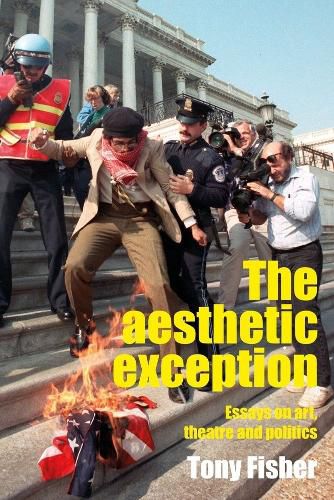Readings Newsletter
Become a Readings Member to make your shopping experience even easier.
Sign in or sign up for free!
You’re not far away from qualifying for FREE standard shipping within Australia
You’ve qualified for FREE standard shipping within Australia
The cart is loading…






The aesthetic exception theorises anew the relation between art and politics. It challenges critical trends that discount the role of aesthetic autonomy, to impulsively reassert art as an effective form of social engagement. But it equally challenges those on the flipside of the efficacy debate, who insist that art's politics is limited to a recondite space of 'autonomous resistance'.
The book shows how each side of the efficacy debate overlooks art's exceptional status and its social mediations. Mobilising philosophy and cultural theory, and employing examples from visual art, performance, and theatre, it proposes four alternative tests to 'effect' to offer a nuanced account of art's political character. Those tests examine how art relates to politics as a practice that articulates its historical conjuncture, and how it prefigures the 'new' through simulations capable of activating the political life of the spectator.
$9.00 standard shipping within Australia
FREE standard shipping within Australia for orders over $100.00
Express & International shipping calculated at checkout
The aesthetic exception theorises anew the relation between art and politics. It challenges critical trends that discount the role of aesthetic autonomy, to impulsively reassert art as an effective form of social engagement. But it equally challenges those on the flipside of the efficacy debate, who insist that art's politics is limited to a recondite space of 'autonomous resistance'.
The book shows how each side of the efficacy debate overlooks art's exceptional status and its social mediations. Mobilising philosophy and cultural theory, and employing examples from visual art, performance, and theatre, it proposes four alternative tests to 'effect' to offer a nuanced account of art's political character. Those tests examine how art relates to politics as a practice that articulates its historical conjuncture, and how it prefigures the 'new' through simulations capable of activating the political life of the spectator.